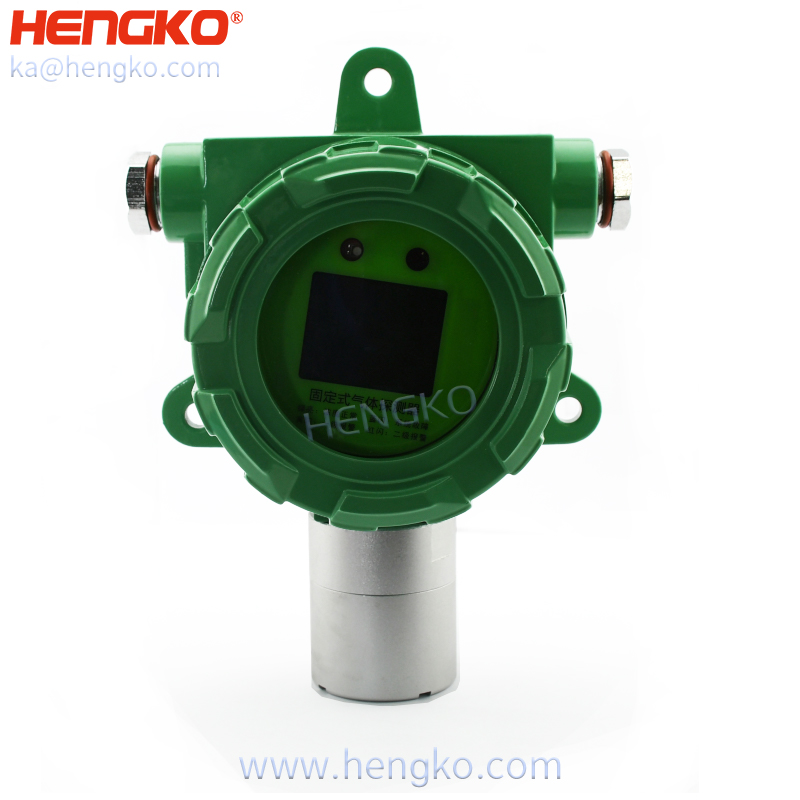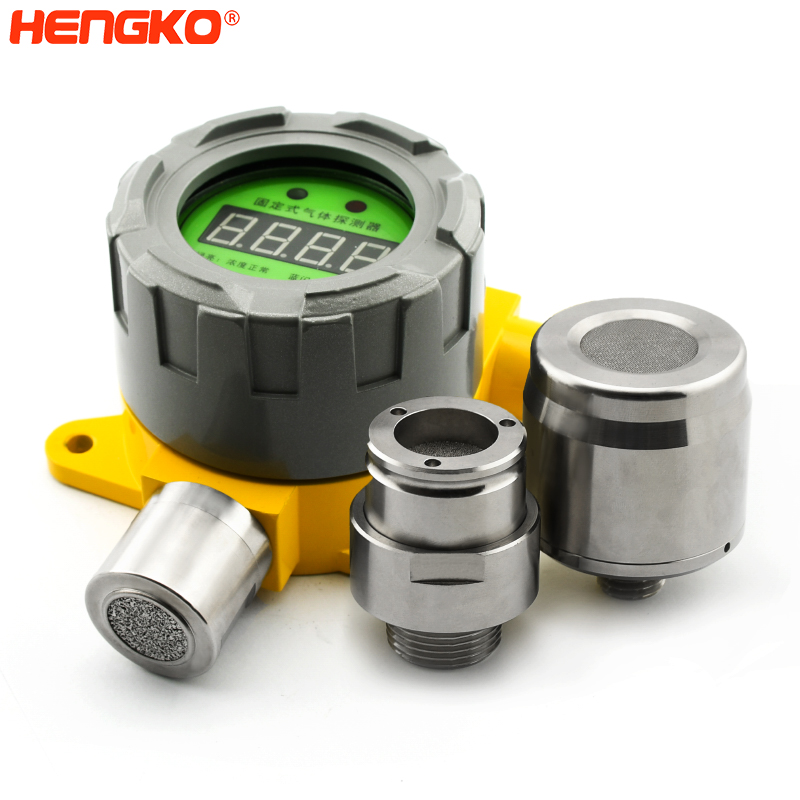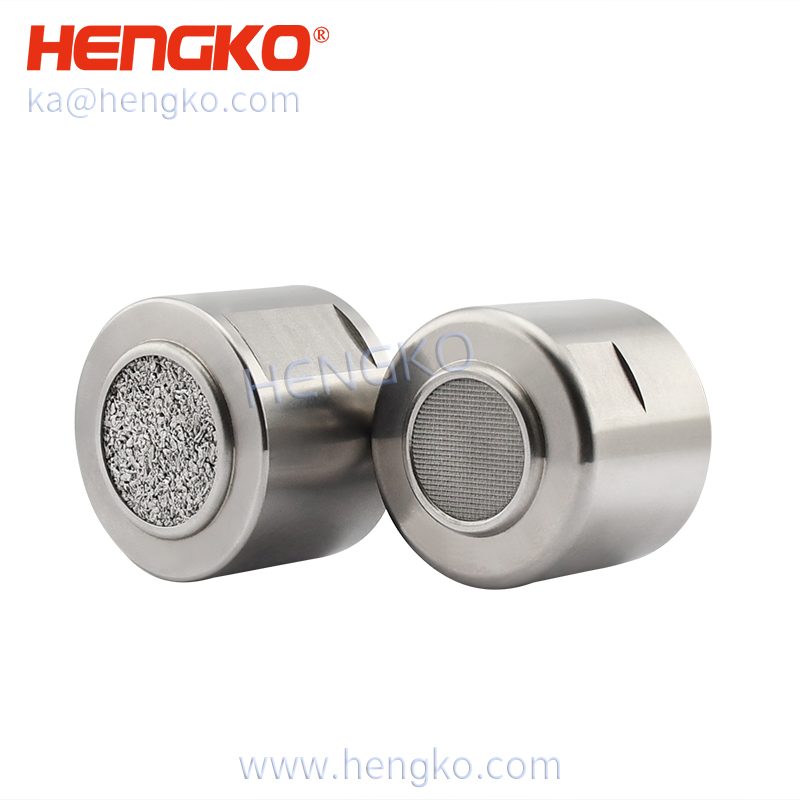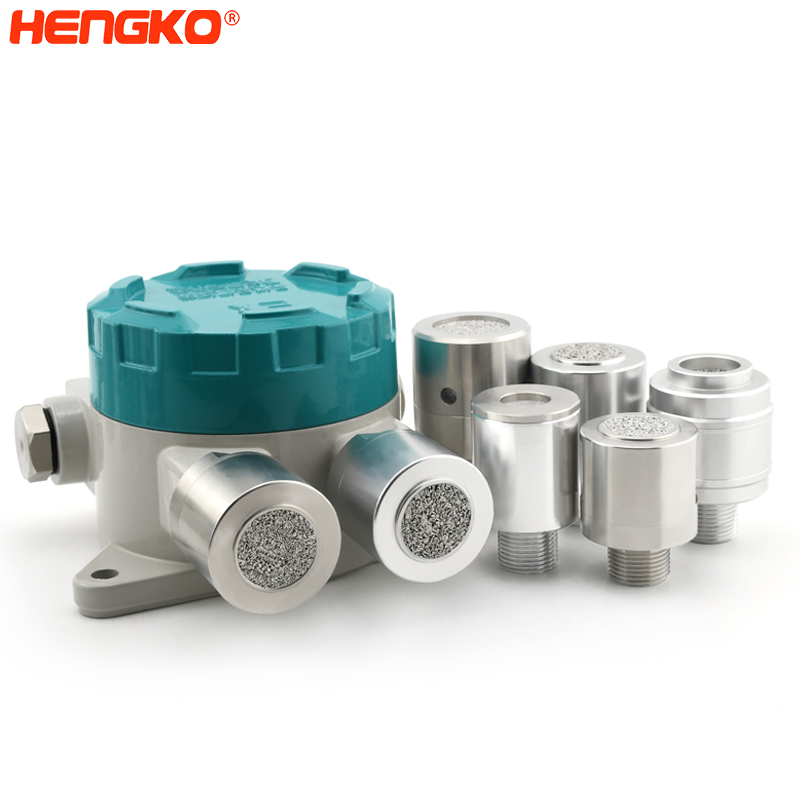The gas detector is a transducer that converts the volume fraction of a gas into an electrical signal. Want to know the gas sensor detector, you have to learn about the meaning of those parameters at first.
Response time
It refers to the time from the detector contacting the measured gas to reaching a stable indication value under certain test conditions. In general, it as response time when the read steady value is 90%, that's the common T90. The method of gas sampling has a great influence on the response time of the sensor. The mainly sampling method is Simple diffusion or draws gas into the detector. One advantage of diffusion is to introduce the gas sample directly into the sensor without physical and chemical transformation. The measured method of the HENGKO fixed gas detector is diffusion.
Stability
Refers to the stability of the basic response of the sensor during the whole working time. It depends on zero drift and Interval drift. Zero drift is referred to as the change in sensor output response during the entire working time when there is no target gas. Interval drift is referred to the output response change of the sensor continuously placed in the target gas, which is manifested as the decrease of the sensor output signal during the working time.
Refers to the ratio of the sensor output change to the measured input change.The design theory is Biochemistry, Electrochemistry, physics and Optics for many gas sensors.
Selectivity
It also named Cross sensitivity. It can be determined by measuring the sensor response produced by a certain concentration of interfering gas. This feature is very important in tracking multiple gas applications, because cross sensitivity will reduce the repeatability and reliability of the measurement
Refers to the ability of the sensor to be exposed to a high volume fraction of target gas. When a large number of gas leaks, the probe should be able to withstand 10-20 times the expected gas volume fraction. There is a small possibility for sensor drift and zero correction when it returns to normal working condition. The corrosion resistance of the probe is very important because many times we detect gas leaks in a hostile environment. HENGKO stainless steel filter housing has the advantage of the explosion,flame-proof and explosion-proof, very suitable for the extremely harsh explosive gas environment. Dustproof, anti-corrosion, IP65 waterproof grade, can protect the gas sensor module from dust more effectively. The pollution of micro-particles and the oxidative effects of most chemical substances reduce the frequency of sensor poisoning, ensure that it can operate stably for a long time, have higher reliability and maximize life, and is close to the theoretical life of the sensor.
The gas sensor usually can be sort by gas sensitivity. It is mainly divided into Semiconductor gas sensor, Electrochemical gas sensor, Photochemical gas sensor, Polymer gas sensor and so on.HENGKO gas sensor mainly as Electrochemical gas sensor and Catalytic combustion gas sensor.
The electrochemical gas sensor is a detector that oxidizes or reduces the gas to be measured at the electrode to measure the current and obtain the concentration of the gas. The gas diffuses into the working electrode of the sensor through the back of the porous membrane, where the gas is oxidized or reduced, and this electrochemical reaction causes a current to flow through the external circuit. HENGKO co gas sensor is an Electrochemical gas sensor.
Catalytic combustion gas sensor
Catalytic combustion gas sensor is based on the thermal effect principle of catalytic combustion. The detection element and compensation element are paired to form a measuring bridge. Under certain temperature conditions, combustible gas will undergo flameless combustion on the surface of the detection element carrier and the catalyst. The carrier temperature It rises, and the platinum wire resistance inside it rises accordingly, so that the balance bridge is out of balance, and an electrical signal proportional to the concentration of combustible gas is output. By measuring the resistance change of the platinum wire, the concentration of flammable gas can be known. Mainly used for the detection of flammable gases. It mainly used for the detection of flammable gases.For example, Hengge combustible gas sensor, Hengge hydrogen sulfide sensor, etc. are the thermal effect principle of catalytic combustion.
HENGKO has 10 years OEM/ODM cutomized experiance, 10 years professional collaborative design/assisted design capabilities.Our products sell well in many precision industrial countries in the world. There are more than 100,000 product sizes and types to choose from, and we can also customize and process a variety of filter products with complex structures according to needs.
Post time: Dec-30-2020









